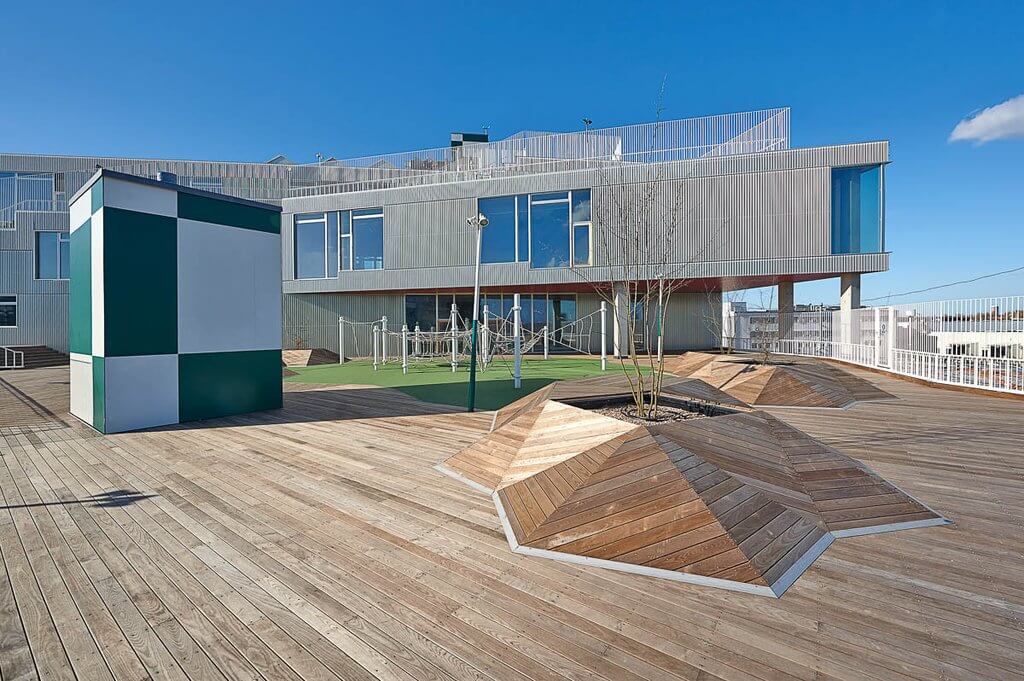Thermo Wood
Thermowood Quality Classes
Difference in thermowood quality classes
In thermowood there are no loose or rotten knots, but cracks may be visible on the some boards. Cracks can also appear on the edges of the planks. After assembly, the visible parts of the groove must be free of damage (chipping or splintering is tolerated in the invisible part of the groove). The top of the board must be uniform and of an elegant appearance. The plank is considered inadequate if its overall appearance deviates significantly from the product description. Several defects are also tolerated as long as the plank as a whole remains acceptable. Generally, 10 cm at the end of the plank is not sorted or prepared (this does not apply to planks with groove ends).
Description – quality class A
Wood: pine, spruce
Application: terraces, facades
Humidity: 6% ± 2% in our stock
Possible deviations in dimensions:
Width ± 0.5 mm
Thickness ± 0.5 mm
Length – 10 mm, + 30 mm
Boards of quality class A can contain the following defects on your better side:
✓ Small loose branch
✓ Resin pockets
✓ Knots, splintered or broken in one piece
✓ Small loose branch on the edge
✓ Small superficial flaking
✓ Small superficial cracks
Description – quality class AB
Wood: pine, spruce
Application: terraces, facades
Humidity: 6% ± 2% in our stock
Possible deviations in dimensions:
Width ± 0.5 mm
Thickness ± 0.5 mm
Length – 10 mm, + 30 mm
In general, boards of quality class AB appear good in their entirety, but in detail do not meet the requirements of quality class A. There are one or more major defects on the plank. In quality class AB, broken or splintered planks are not permitted. By removing existing defects, wood of this quality class can be converted into quality class A.
Quality class AB boards consist of mixed wood of quality classes A and B. Approx. 30 to 50% of quality class B boards fall into this quality class.
Thermowood grade AB
We would like to point out that the entire production comes without exception from materials of the same quality class AB. The main differences between the grades are the number and size of any defects. There are no other differences between the grades, especially those that would affect the physical or technical properties of the wood. The defects are purely optical and aesthetic in nature. For example, if someone purchases grade A wood and another grade AB wood, the only difference is in price and appearance. Most importantly, the wood of both grades is similar in its internal composition; it is stable, durable and robust.
The most common grades are A and AB, they are mainly used where the wood is visible on the outside. For larger areas where there is too much waste, grade B wood can be used very well, since cut-out of existing defects can result in grade AB or approximately grade A wood. Of course, this would make the boards shorter, but they can fulfill their function like a 5m long board of quality class A.

